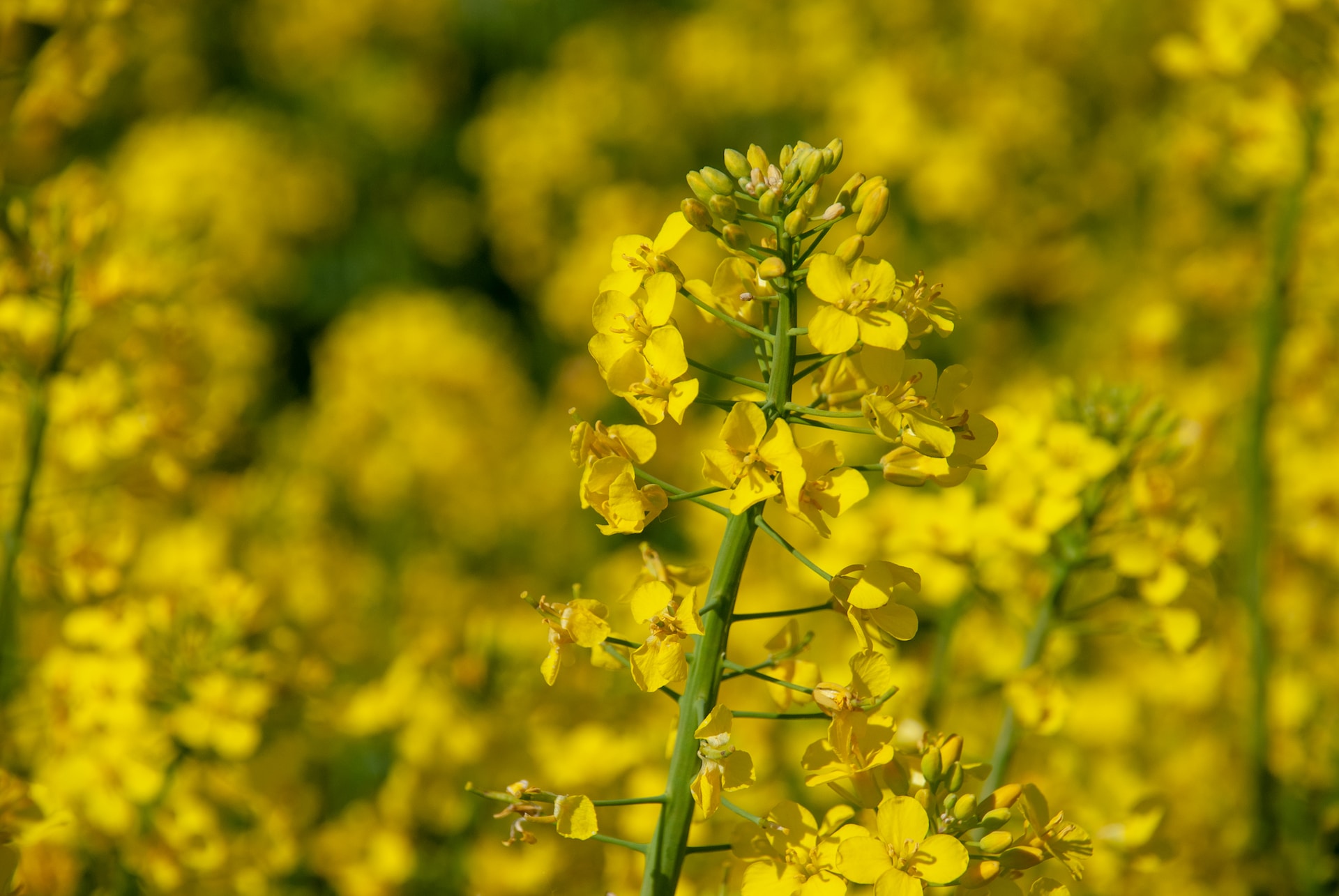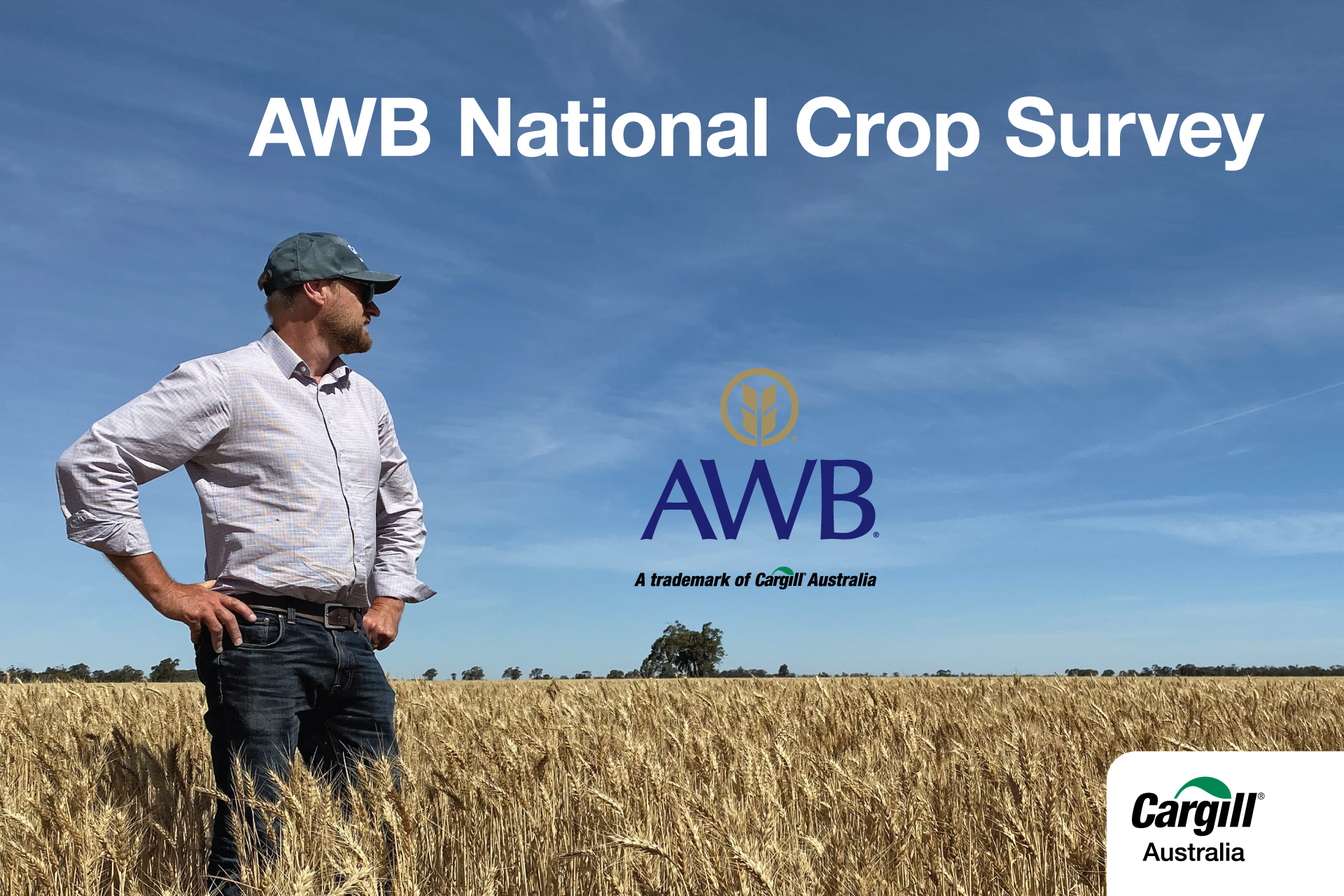Mixed start maintains market tensions
By Tyson Hosie
14th June, 2023
East coast cereal markets have continued their upward trend through the first half of June, reacting to the latest WASDE and ABARE’S musings which confirmed what most already knew – that the 2023/24 Australian Winter Crop is off to a very mixed start, shrugging off the USDA’s largely neutral numbers and seeing domestic values firm.
May saw some good falls through parts of southern Queensland and the Southern New South Wales cropping belts, however large swathes of the key central and northern New South Wales and south-west Queensland growing regions remain dry, raising early production forecast concerns and underpinning new crop values. This comes at a time when domestic consumptive demand is building momentum with feedlots at capacity and the outlook for red meat exports buoyant.
Pleasingly, markets through May, reached levels not seen since February, and growers reacted in-kind, hitting long-held target values and generating some needed planting-time cashflow.
Decent volumes of old crop stocks linger in both on-farm and bulk handling storages, and with the recent softening of road freight rates, pressured lower by the downturn in grain exports, the drawing arc for southern Queensland and northern New South Wales consumers is now reaching almost to the Victorian border. Interestingly, central Queensland sorghum has been finding its way to the Brisbane market zone this past week, on the back of more palatable freight rates combining with firm pricing and greater nearby liquidity through the southern port.
Consumers have been willing participants through this period, standing there to buy in supplies ahead of new crop coming on-stream through September and October. Be mindful of this over the coming weeks, as there is an expectation that come July, significant volumes may come to market, which may have an impact on merchants’ and consumers’ capacity to execute grain through July and August.
Internationally, the plethora of market inputs at play remain, with tensions in eastern Europe still no closer to resolution, the stability of export corridors remains shaky, and will continue to be a source of volatility going forward.
Additionally, production forecasts for some European winter crops are under pressure from sustained dry conditions, helping to underpin futures markets and in-turn Australian values as we look to be going into a more domestically focussed year.
As usual, it’s those two old chestnuts – weather and Government Influence – driving markets, however a third is vying for a place in the “Old Saying Handbook” this year – Road Freight.
Should ABARE’s numbers play out this season, the bulging feedlots up the east Coast will need servicing, and we will need to able to connect consumers with supply, either from Queensland or southern New South Wales.
Should any hiccups to either our own reduced production forecast, international production and or execution capacity arise, it will only serve to dial up the tension in these markets, and the freight game will be afoot again.
The next few months will be interesting times!
Rain makes grain

They say “rain makes grain” and this is certainly going to be the case this week with widespread falls forecast to occur over most grain growing regions around Australia.
Read MoreGrain growers face weather and global market challenges

The NSW grain industry, a key player in our state's agriculture, is navigating some rough waters. Changes in weather patterns and potential shifts in the global market are making things tricky for farmers across the state...
Read MoreA spotlight on Maximum Residue Limits

The recent announcement that the European Union is planning to reduce the Maximum Residue Limit (MRL) for haloxyfop on canola has been widely discussed...
Read MoreSowing the focus

Growers are deep into their winter crop sowing programs and within a few weeks, they'll have finish line in sight....
Read More
